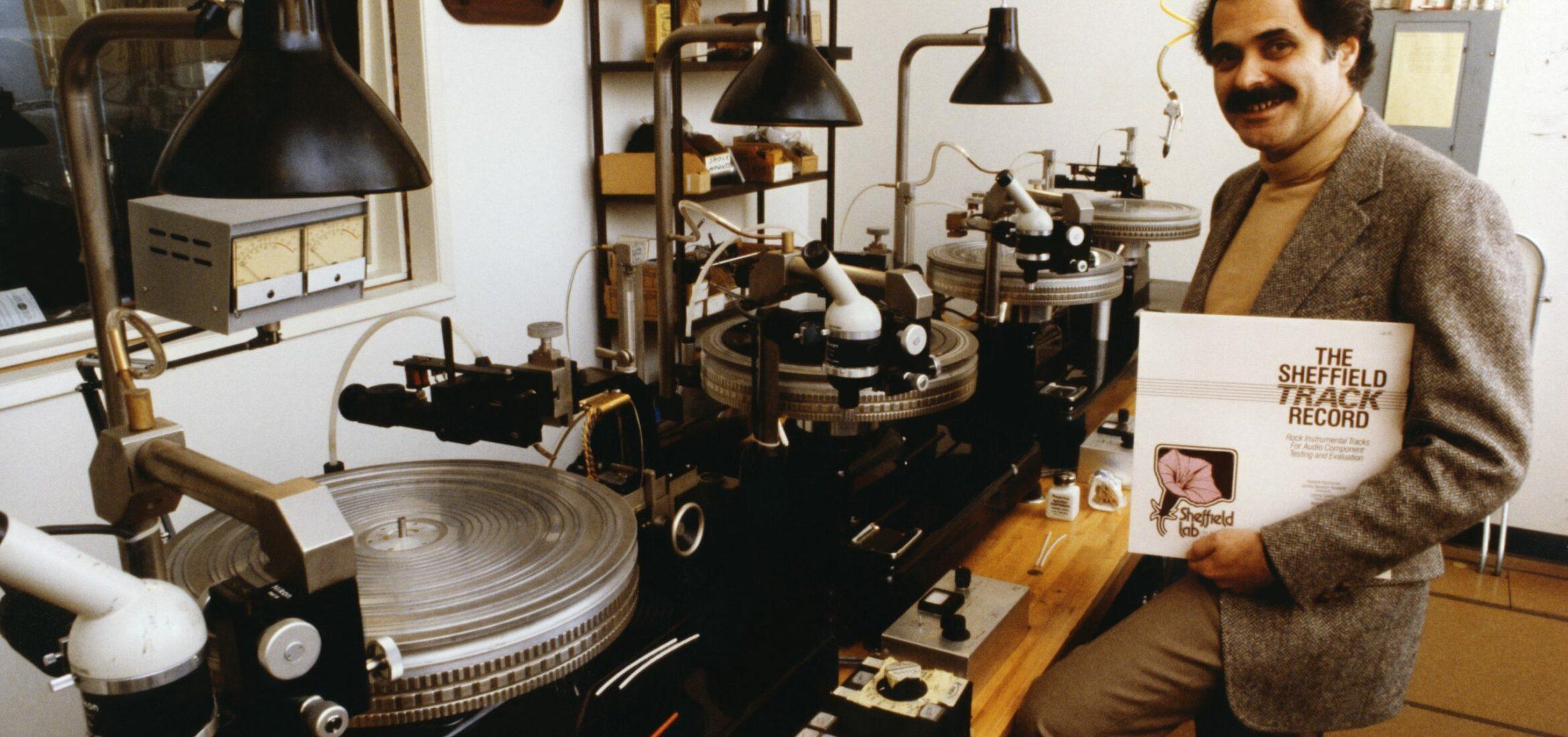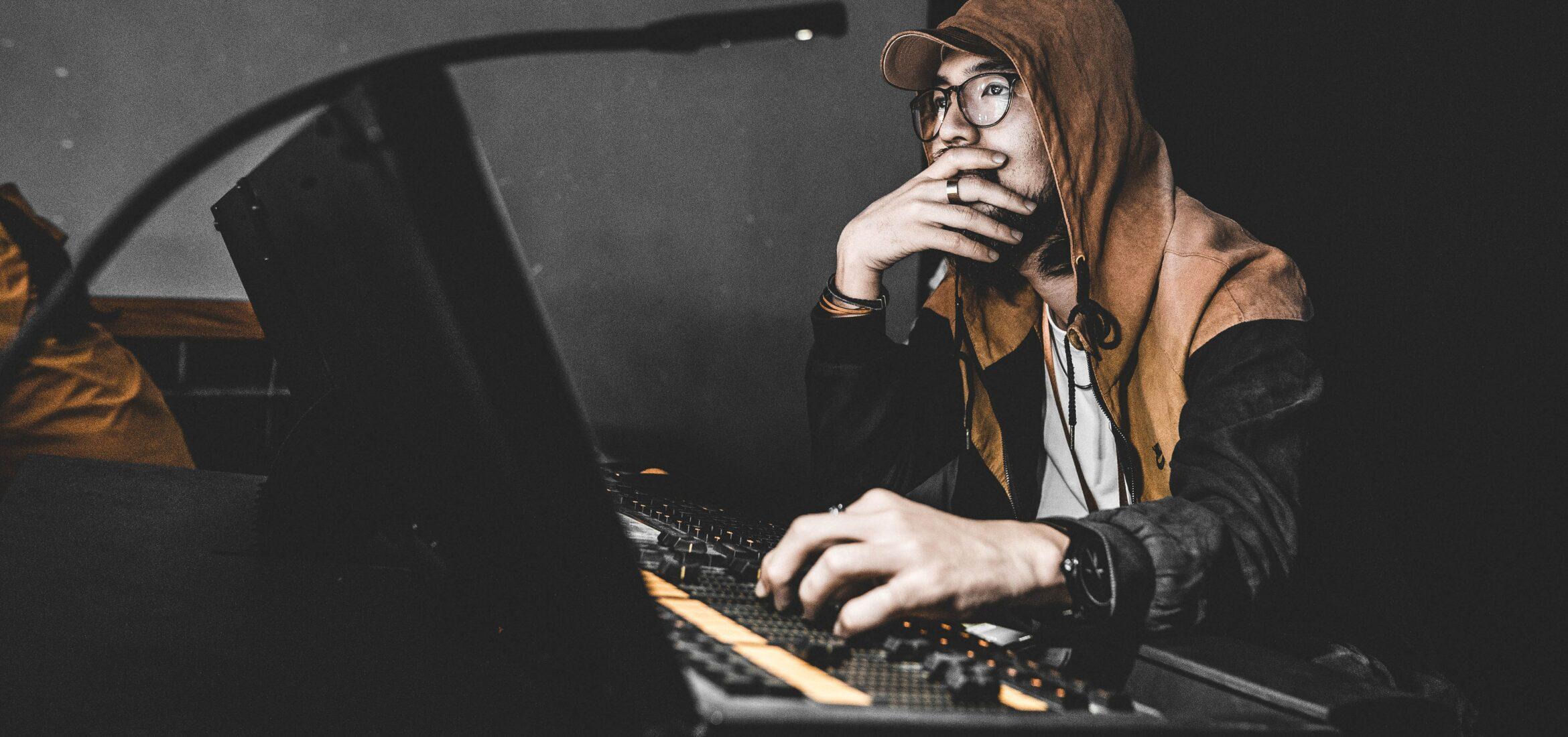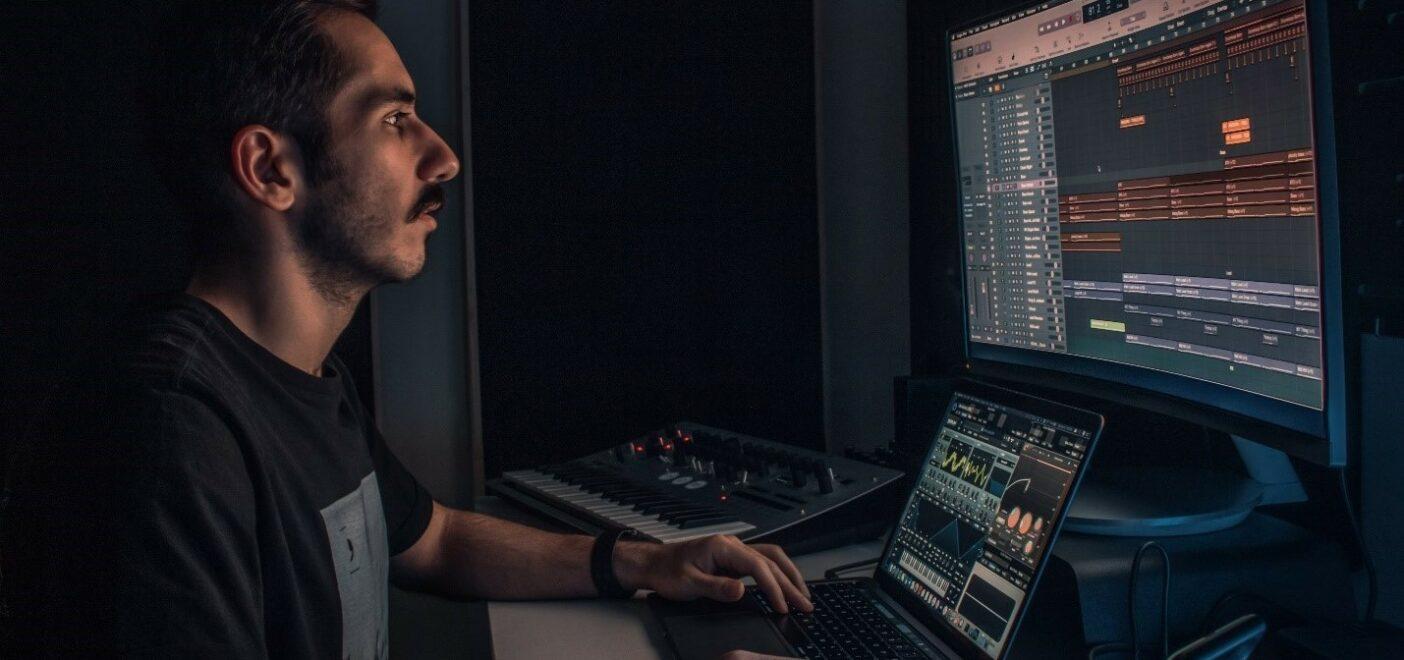Audio Mastering is a difficult and often misunderstood endeavor. Partly because it has changed a lot over time, and it has been a long time, roughly 80 years. Learning some of the history of mastering may help to better understand why it started in the first place. It will also explain why we need it and how should we approach it as well.
The History of Mastering
At first, audio recordings were very simple, usually, the engineer would place a microphone in front of a band. They cut the audio directly into a wax or acetate disc, which was already the master. This disc would then be used to create a stamper for 10-inch shellac or vinyl records.
In 1948, Ampex produced the Model 200 magnetic tape recorder which revolutionized audio recording. However, this came with a price. They needed a process to transfer the audio from tape to the more restrictive medium of vinyl records. The magnetic tape has a wider dynamic range than vinyl and different frequency responses. Because of this, engineers had to compress and equalize the audio to transfer the audio to vinyl. It was necessary to avoid mechanical problems such as tracking and skipping, which caused the needle to jump or skip frames. In addition, cutting the first vinyl was somewhat a manual process — using specialized equipment. However, poor audio preparation or a single mistake would render the master unusable, and you had to start all over. There was a specialized engineer for this complex process, which would later be called Audio Mastering.
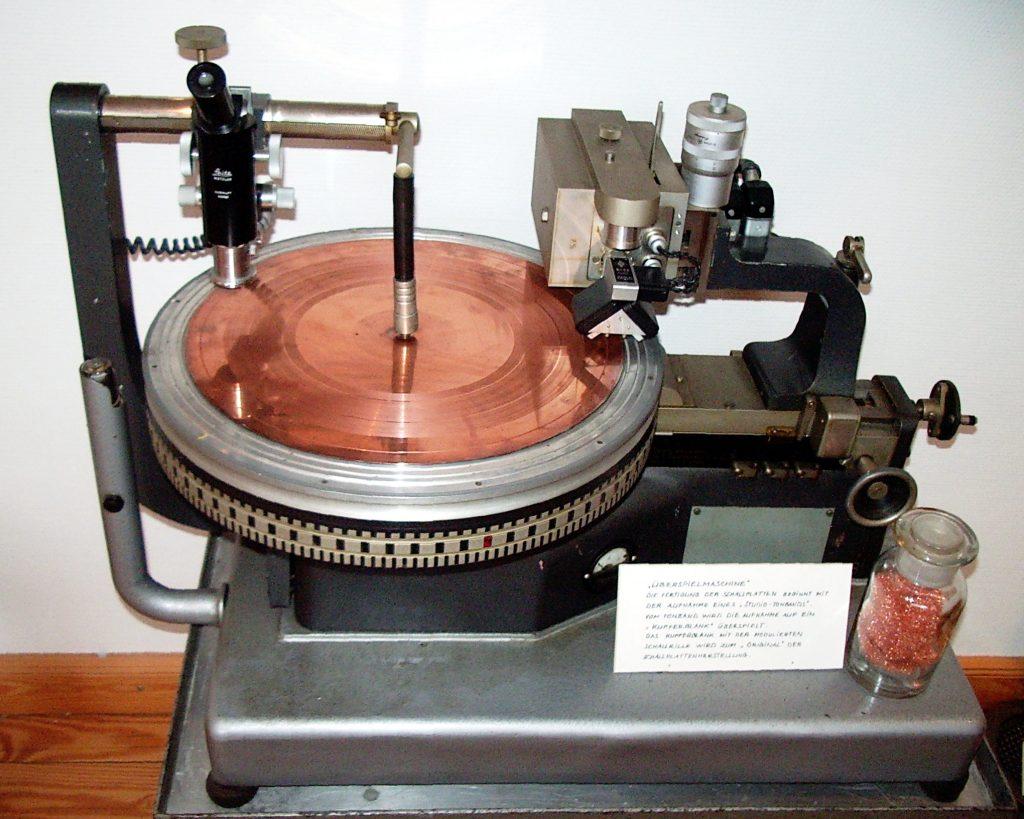
Initially, record companies and mastering engineers applied some of their own equalizations to improve the transfer to vinyl. In 1954, The RIAA introduced the RIAA equalization curve which the industry soon adopted as the standard for vinyl records. Standardizing the frequency response of playback devices had many advantages and was a good improvement overall. Now, they could cut records with narrower grooves, which allowed longer playing times. Some bass-heavy recordings presented problems that required mastering engineers to apply extra corrective equalization to optimize their recordings.
Loudness War
At this stage, companies were already noticing the importance of mastering in the success of certain records. Loudness was a big factor to consider. In the 1940s, Jukeboxes became popular and they were often set to a predetermined volume level. This caused that records mastered louder than others would stand out. Similarly, in the 1950s, producers started requesting louder 7-inch singles so their songs would stand out when listened to by directors on radio stations. This would later start a Loudness war, which we will explain further in another article.
Because of this, audio mastering started to become more creative and new tools became available for compression and equalization. Which was the beginning of modern mastering.
Mastering in the Digital era
In 1982, the introduction of Compact Discs — CDs — caused a revolution in the audio industry. There were many other advances in the 1980s that improved the mastering process along with the digital adoption. The role of the mastering engineer gained a lot of importance at this point.
Digital audio formats improved dynamic range and provided a greater signal-to-noise ratio than their analog counterparts. This allowed mastering engineers to further increase the loudness of a track, which was the main concern at the time. It also facilitated further sound improvements using equalizers, aural exciters, and other new tools.
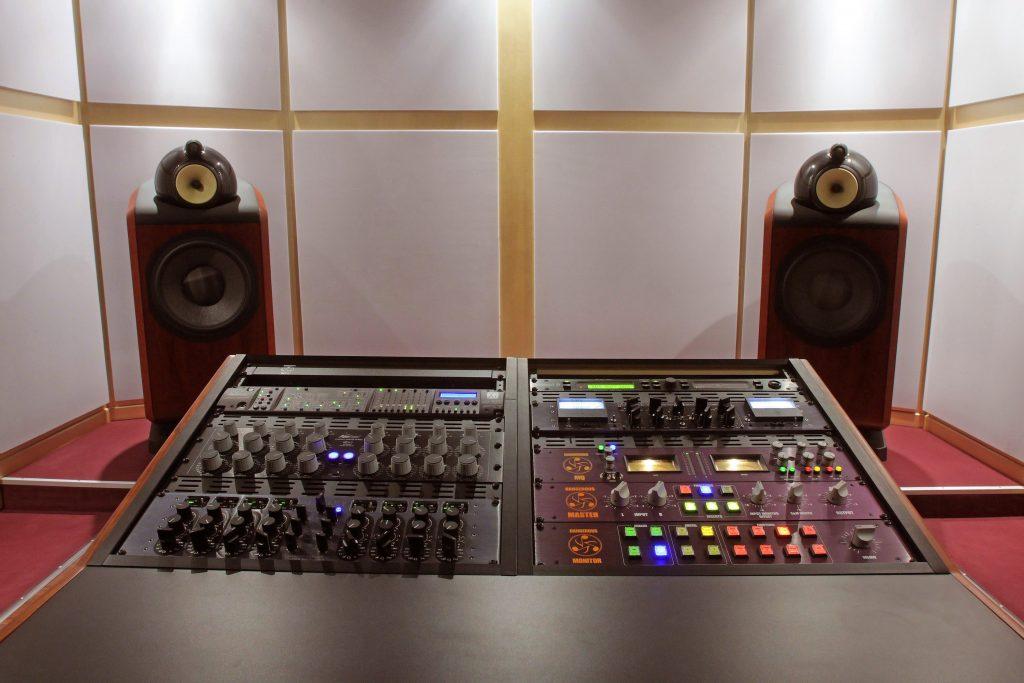
Initially, only hardware-based digital recorders and audio processors were available. But soon computers like the Apple II and Atari ST became powerful enough for digital audio processing. This led to innovative Sound Editors like Pro Tools — which was later converted to a modern DAW.
The ability to record and process digital audio on a computer has completely changed how audio is recorded and mastered all over the world. Because of this, home studios are possible now, which is a big leap in the history of mastering as well.
Modern Mastering
After decades, mastering has not stopped evolving. The tools and resources we find today would’ve been unthinkable back in the 1940s. With the introduction of Plugins such as VST, AU, and RTAS the options for audio processing have exponentially increased. Audio Mastering has become a lot more refined, and loudness is not the main — or only — goal anymore. Multiband compression and limiting introducing new ways of dynamically balancing equalization which led to big improvements. Many tools for reducing noise and other clicks and glitches through software also helped in restoring and re-mastering old records.
Nowadays, producers all around the world can record, mix, and master their songs in their own homes. However, mastering is the final phase of production, and your last opportunity to improve the final outcome of your track. Back in the 1940s, the engineer had to transfer the audio to a vinyl record. Now you have to ensure that your track translates well to any playback device, which is not an easy thing to do.
Plugins make mastering affordable to anyone with skills, some experience, and — very important — good monitors. You can have access to professional tools to shape your product with little cost.
History of Mastering: What does the Future look like.
Mastering will continue to be essential in music production. However, with the introduction of loudness standards and new technologies, there’s a new stage ahead of us.
Normalization
A new loudness standard — LUFS — is starting to gain popularity. Streaming services such as Spotify now use normalization using LUFS to regulate the volume between tracks on playback. This improves the listener’s experience and makes extreme use of compression and limiting counter-productive.
If normalization in consumer devices becomes the norm, the loudness war will eventually end. This will change how we master our tracks. And, In the end, this will benefit all, being able to create music with more dynamics and better sound.
Automated Mastering
The introduction of Automated Audio Mastering in the past years is the last innovation in the history of mastering. With improving machine-learning, computers can now start to compete with professional audio engineers experts in this task. This is a new big movement in the music industry
MasteringBOX was launched in May 2015, and after more than 6 years, now there are more dozens of automated mastering services available. For many, automated mastering has proven very effective, affordable, and incredibly fast. Increasing independent artists, bands, and producers are adopting this new trend. It is a matter of time for Major labels and recording companies to join.
If you want to try automated mastering, you can do so completely free. Sign up on MasteringBOX, with the free account you have one free master every day.
À propos de l'auteur
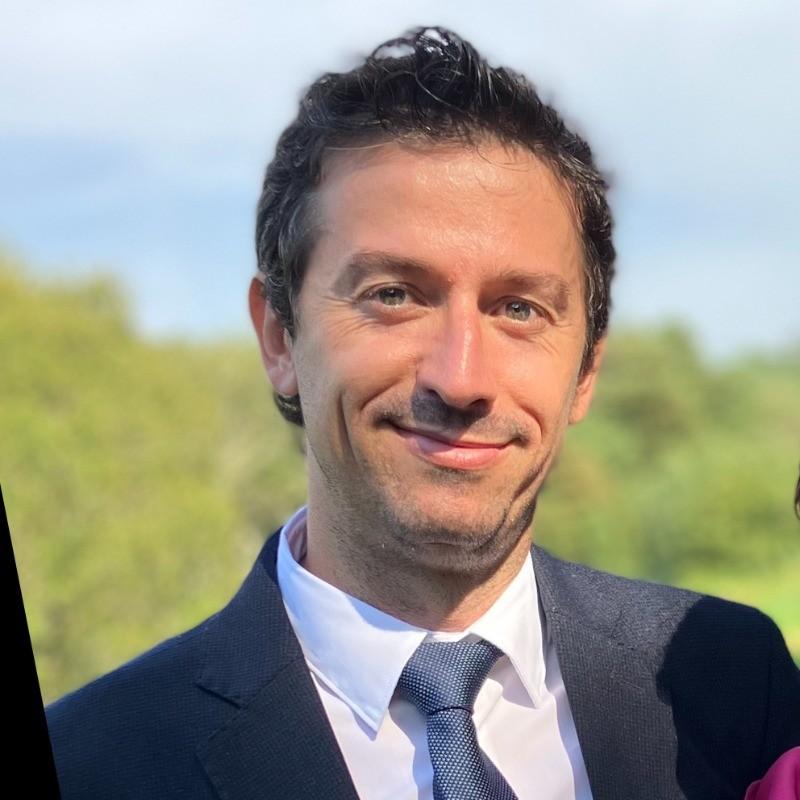
Dídac
PDG et fondateur de MasteringBOXDídac est un ingénieur audio professionnel, un producteur de musique et un ingénieur logiciel. Il est le fondateur de MasteringBOX et l'auteur de nombreux articles sur le blog.
Laisse un commentaire
Connecte-toi pour commenter.

